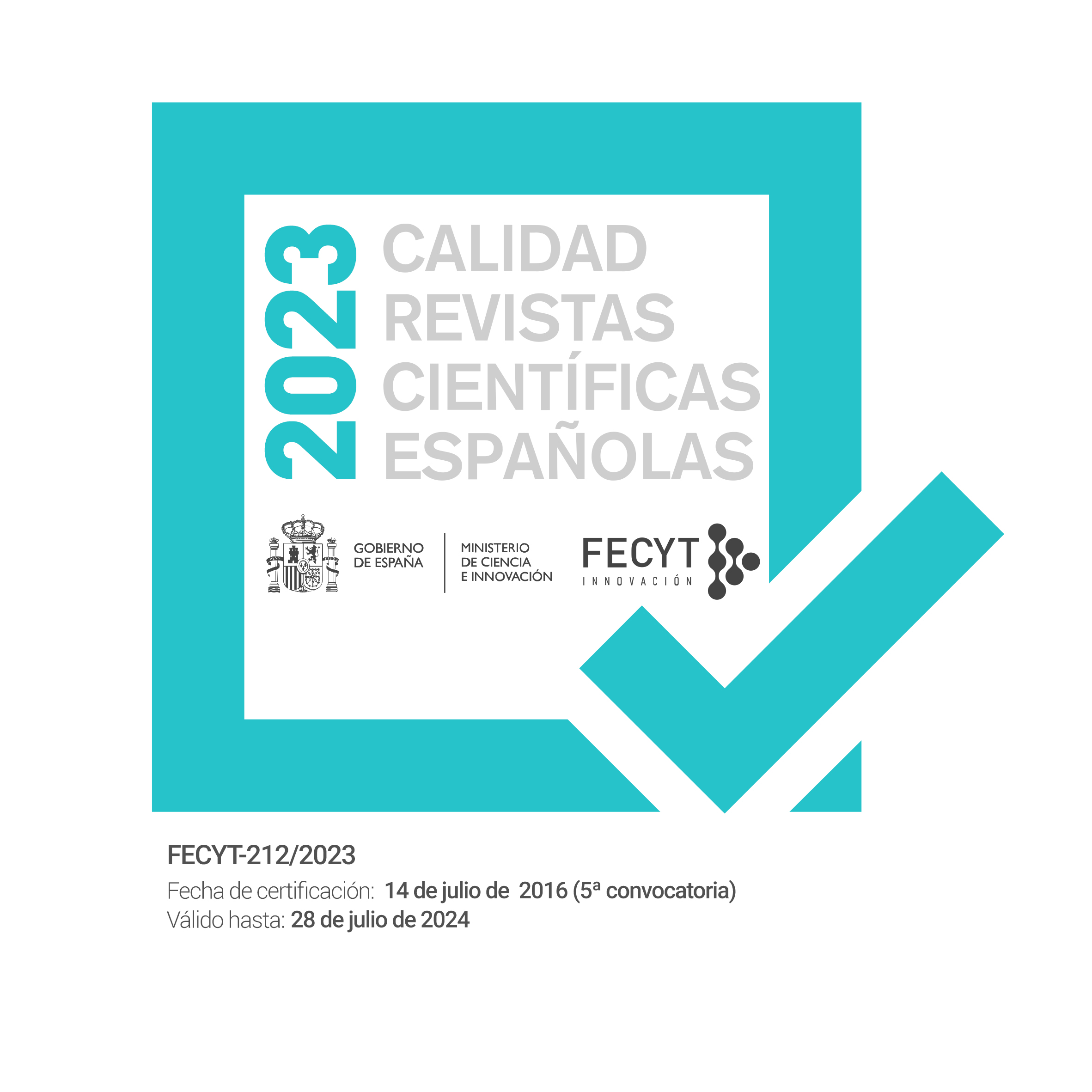Para el tratamiento quirúrgico de la incontinencia urinaria de esfuerzo existen múltiples técnicas, en la actualidad la de referencia es la descrita por Burch. Comparamos los resultados globales y de cada técnica en cuanto a las tasas de continencia postoperatoria y de complicaciones observadas en nuestra experiencia.
Materiales y métodosHicimos un análisis retrospectivo de 292 mujeres operadas por primera vez por presentar incontinencia urinaria de stress en nuestro Centro, entre 1991 y 2006. Consideramos a las pacientes curadas si no presentaban ningún grado de incontinencia postoperatoria, se realizó un análisis de Kaplan – Meier para la evaluación de la continencia postoperatoria. Además estudiamos el comportamiento de las complicaciones postoperatorias presentadas.
ResultadosLa media de edad de las pacientes fue de 53,6 años, con un tiempo de seguimiento medio de 15,6 meses. La mayoría de las intervenciones fueron técnicas vaginales (138), seguida por los TVT (57), Burch abdominal (38), Sling con parche de vagina (33), y la menos utilizada fue el Burch laparoscópico (26). Las mejores tasas de continencia postoperatoria a los dos años se consiguieron con el TVT (87,6%), luego con el Sling con parche de vagina (84,9%), las siguientes con Burch laparoscópico (59,3%), Burch abdominal (59,1%), y las peores con técnicas vaginales (48,2 %), (p=0,007). Se observó mayor urgencia y urgencia-incontinencia postoperatorias en las pacientes operadas mediante TVT (36,8% y 21,1% respectivamente), y mayor dolor postoperatorio tras las técnicas vaginales (36,2%). La retención urinaria postoperatoria y residuo postmiccional elevado más comunes entre el Sling con parche de vagina (54,5%) y las técnicas vaginales (26,1%) respectivamente.
ConclusionesLa técnica con mejores resultados para manejo de incontinencia en nuestra población es el TVT.
For the treatment of the urinary stress incontinence, there are many techniques, and today the gold standard is that described by Burch. We compared the global and each technique results about rates of postoperative continence and complications seen in our experience.
Materials and methodsWe made a retrospective analysis of 292 women that have the first surgery for urinary stress incontinence in our centre, between 1991 and 2006. We considered cure the patient who did not have any level of incontinence postoperative, we made a Kaplan – Meier analysis for the postoperative continence evaluation. Besides we studied the behaviour of the postoperative complications found.
ResultsMean age was 53.6 years old, and mean time of follow up was 15.6 months. The vaginal techniques were the most practised (138), followed by the TVT (57), abdominal Burch (38), vaginal wall Sling (33), and the less was the laparoscopic Burch (26). The best rates of postoperative continence after 2 years were observed in the patients treated by TVT (87,6%), then with vaginal wall Sling (84,9%), laparoscopic Burch (59.3%), abdominal Burch (59,1%), and the worst with vaginal techniques (48,2%) (p=0,007). We found more urgency and urge incontinence in the patients treated by TVT (36,8% y 21,1% respectively), and postoperative pain with vaginal techniques (36,2%). Postoperative urine retention and postoperative high residual urine more with the vaginal wall sling (54,5%) and vaginal techniques (26,1%) respectively.
ConclusionsWe have the best results for the incontinence treatment in our population with the TVT technique.









